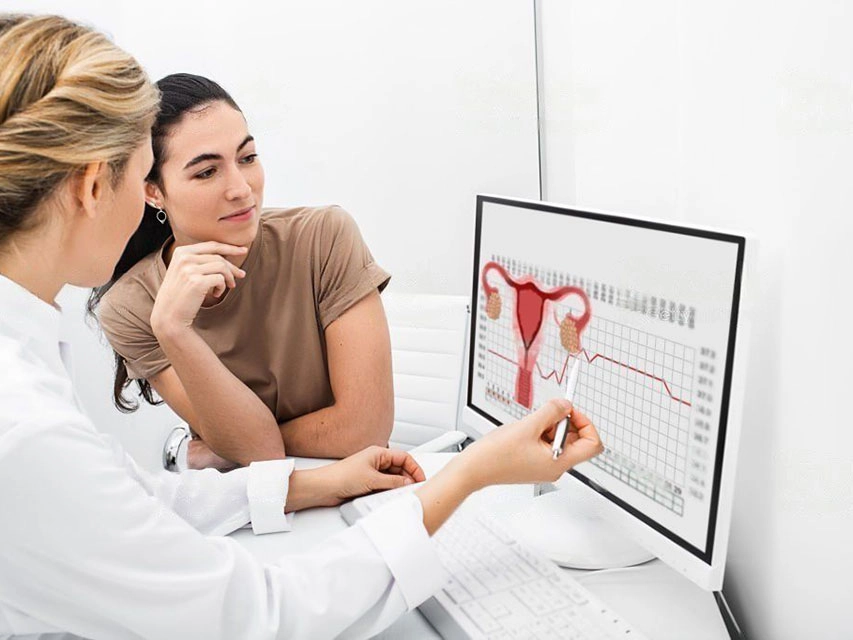Ovulation is nothing but the release of a matured egg from the ovary, then it enters into the fallopian tube, and then it will be ready for fertilization. The uterus lining starts thickening during ovulation to accommodate the fertilized egg. The blood and the uterus lining will be shed during your next menstrual cycle if no conception occurs.
Here are some critical facts about ovulation:
- At birth, each woman has millions of eggs in their ovaries, waiting for ovulation to begin.
- Ovulation can also be affected by illness, stress, or disturbances in your normal routine.
- The egg lives for 12-24 hours once released from the ovary.
- During the ovulation period, only one egg is released every time.
- During the ovulation period, few women may even experience slight blood spotting.
- After ovulation, The fertilized egg usually takes 6-12 days for implantation.
- Even if the ovulation has not occurred, a Woman can have a menstrual period.
- Few women may even experience pain or aches near the ovaries at ovulation.
- An unfertilized egg disintegrates and is then absorbed into the uterine lining.
How to measure ovulation?
A menstrual cycle is usually calculated from the initial day of your menstrual phase until the first day of your next menstrual cycle. On average, this period can range from 28-32 days. Few women may even have menstrual cycles shorter or longer than this period. The ovulation period can be measured from the first day of your last menstrual period or 12-16 days from the subsequent period for a normal woman. Usually, women ovulate between the 11th to 21st day of their menstrual cycle, a fertile period. Having sex during this period can make you pregnant. Also, this ovulation period may alter each month, so it is important to track the cycle. Even you will find an ovulation calculator online to know the period exactly.

Also, there are two parts of ovulation, as follicular phase and the luteal phase.
The follicular phase
begins from the first day of your last menstrual period and continues until ovulation. The follicular phase can greatly differ from one woman to another, and it may last from a week to 40 days.
Luteal phase
This period starts from the first day of ovulation until the next menstrual period. Usually, this phase has an exact timeline, which is 12-16 days from the start of ovulation. This period may affect several factors, such as illness, stress, or any disturbances in your routine.
Hits to determine the ovulation period:
- Also, during ovulation, you may notice a change in cervical fluid. It will appear like a wet or slippery substance, and you will see it until the ovulation period is over.
- Another way to determine the ovulation period is by tracking your body temperature. For this, you need to use a basal thermometer to track the rise in the basal thermometer.
- Fertility monitors and ovulation kits are also a way to measure the ovulation period.
This exact ovulation tracking can aid a woman in being aware of when the pregnancy can and cannot occur during her monthly cycle.









